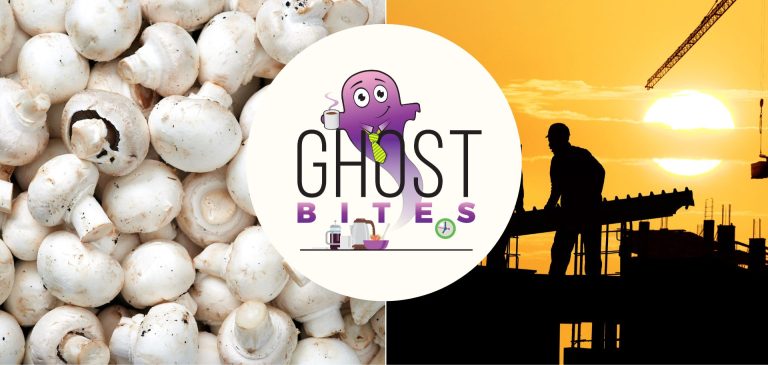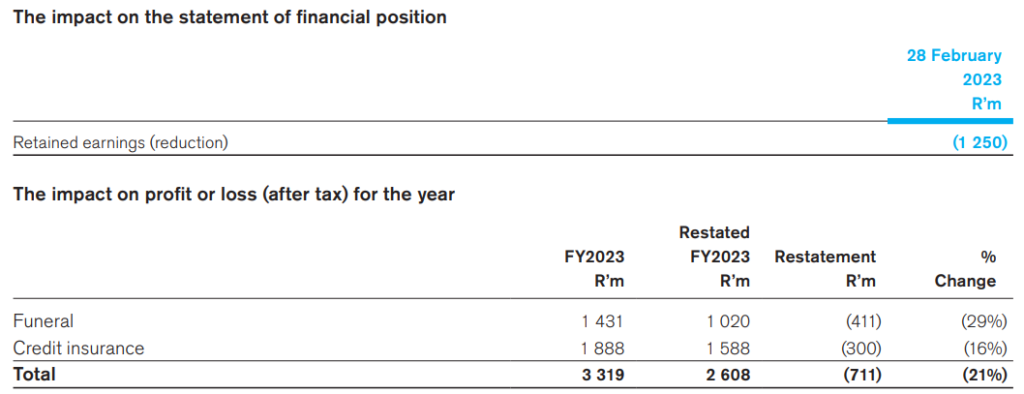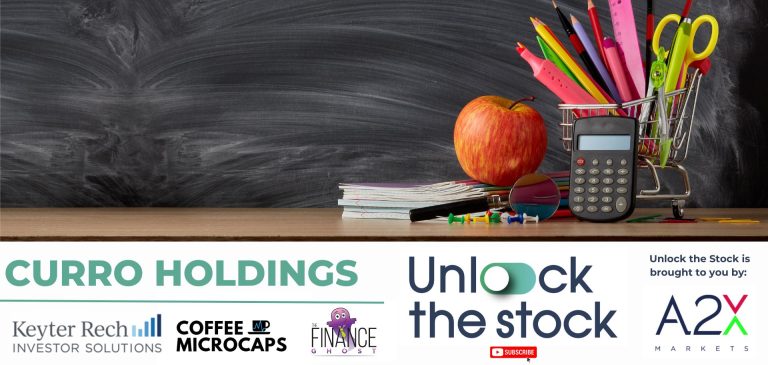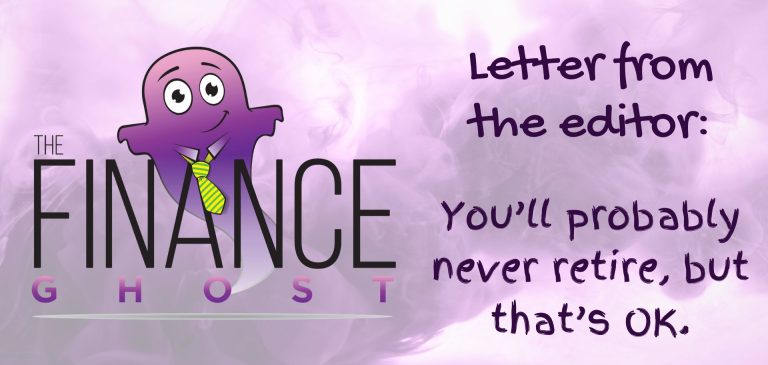Position: Tax Data Analyst (Intermediate level)
Experience: Minimum 2 years
Location: Johannesburg, South Africa
Industry: Financial Services
Singular delivers customised software solutions to businesses across a range of industries.
- Our unique value proposition offers clients operational optimisation, and the technological and financial expertise and infrastructure to support their long-term growth and success.
- We pride ourselves on being trusted advisors to many leading businesses and institutions, both in South Africa and abroad, and partner with these businesses to find better ways of solving complex challenges.
We firmly believe that building a successful long-term career is a shared responsibility between the company and the individual. We understand that true professional growth and fulfillment can only be achieved when both parties actively invest in each other’s success.
Here, you won’t be just a number; you’ll be an integral part of a close-knit community that encourages personal growth, specialisation, and expertise.
Who we’re looking for:
We are looking for an intermediate level Data Analyst who loves working with financial data. You will join our growing specialised tax team, with your core focus initially being on supporting our existing clients using our data intensive proprietary software application CGT Express.
The position relates to tax reporting, specifically capital gains tax, for portfolio management and life insurance companies. Some of the day-to-day support tasks might include pattern analysis and recognition on transactional data and writing queries to update data for reconciliation and reporting purposes.
We are looking for individuals who share our core values of fairness, integrity, care, collaboration, gratitude, and excellence. We want enthusiastic, self-starters who want to build a long-term career at Singular and enjoy the shared success that comes with consistently creating value for our clients.
We value individuals who are not easily swayed by the allure of constantly searching for the next best thing or a slightly bigger paycheck. Our collective success (which includes your long-term financial gain) is built upon a solid foundation of reliability, passion, and mutual growth.
What you’ll bring:
Financial analysis and technical skills
- Investigation and reconciliation into transactional data.
- Resolution of data anomalies.
- Communication and liaising with clients with regards to the resolution of transactional anomalies.
- Accurate data cleansing for reporting and analysis.
- Ability to write SQL queries advantageous.
- Understand simple client database design.
- Interest in growing software development skills as it relates to data / integrations as the demands of the role increases based on personal growth and progression through our data engineer career path.
- Proficiency in Microsoft Access, Excel, and SQL advantageous but not critical as this will be trained on the job.
- Ability to own, execute and test tasks according to the logical specifications.
Other competencies
- Enthusiasm and curiosity for some of the following will differentiate you in this field: tax, software, data warehousing, financial markets and securities.
- A positive attitude towards learning and growing.
- Problem-solving aptitude.
- Deadline driven.
- Ability to work in a team environment.
- Good project management ability will be advantageous.
- Ability for public speaking for ad-hoc presentations and client workshops is advantageous.
- Good telephonic and written etiquette.Professional appearance and demeanor.
- Ability to work in agile or Scrum environments would be an advantage.
- Strong collaboration and communication skills.
- The initiative to evolve processes through continuous improvement, to ensure the best delivery to our clients.
- Attention to detail and the ability to engage with client requirements to ensure that the delivery is fit for purpose.
- The humility and empathy to coach and assist fellow data analysts.
- A good sense of humour.
What you will do:
CGT Outsourcing Services
- Working with data from our clients’ investment management systems in order to enrich the data with tax relevant information. Mechanically we do this mainly via MS Access and MS SQL queries:
a) identifying data patterns and trends in client data (data mining);
b) designing SQL queries to interrogate and manipulate data;
c)enriching the data for missing tax information;
d)elimination of false disposals and inconsistent data from client data; and
e)investigating of data exceptions and inconsistencies. - Investigating corporate actions and applying the corporate action correctly to the data.
- Compiling and analysing reports after processing and investigating any issues identified.
- Working with clients and client auditors on explanations and investigation of tax calculations.
CGT Software
- Modeling and testing of scenarios (i.e., new CGT calculations) in the software.
- Guiding software programmers when designing new software functionality, or troubleshooting computations and algorithms within the software.
- Testing software for new developments, software customisations or software bugs (defects).
- Maintaining of our CGT software user manual and other tax documentation.
- Software support and training for licensed clients.
- Software implementation and upgrades for clients.
- Involvement in sales and marketing activities of our CGT software and services. (presentations, software demonstrations, proposals etc.)
Tax Technical (Not initially required, but advantageous and will be trained on the job)
- Researching corporate actions of companies, both foreign and local events, in order to determine the appropriate tax implications for taxpayers holding these instruments.
- Investigating Income Tax Act law and analyzing impact on our tax services and software.
- Involvement in our annual Tax client seminars:
a) interpreting changes to tax legislation annually;
b) modeling these changes to guide the development team on how to change the software;
c) preparation of client documentation on the tax amendments; and
d) preparation of and/or presentation during our seminars. - General tax research for ad hoc purposes.
What we can offer you:
We ask a lot of our people, which is why we give so much in return. In addition to your market-related salary, medical aid, pension and group life insurance, our perks include:
- Collaborating with your team in the office at least 2 days a week.
- A tangible and genuine commitment to your career growth through our career management initiative.
- With patience, loyalty and the right attitude, the opportunity to carve a unique position of value and career satisfaction for yourself.
- Bi-annual discretionary performance bonuses after 6 months.
- The option to participate in our employee share incentive scheme after 2 years.
- Managers who understand your strengths and interests and leverage those.
- A hands-on, caring management team that espouses fairness and holds employees appropriately accountable.
- An inspirational, approachable, and engaging leadership team, committed to helping people thrive.
- A high impact learning culture that focuses on technical excellence.
Please send your CV and a cover letter to recruitment@singular.co.za
Use the subject heading Ghost Mail CGT Outsource: Intermediate Data Analyst





















